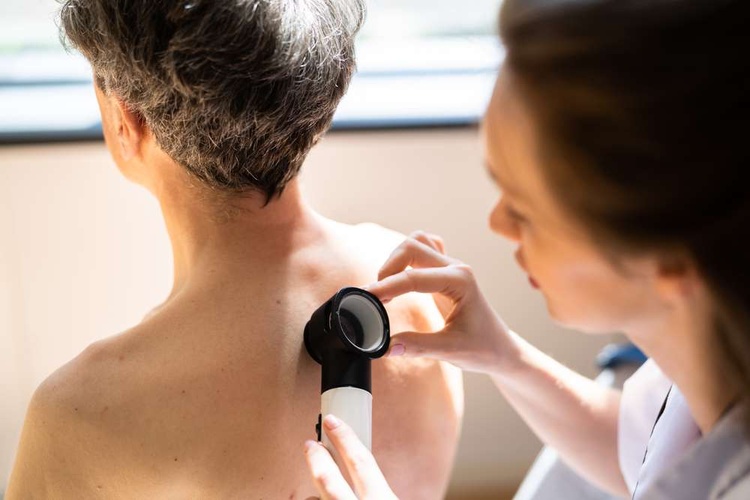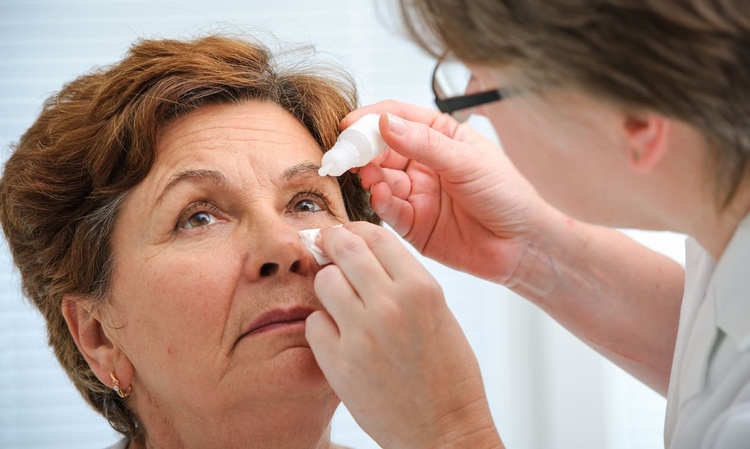Early Signs of Squamous Cell Carcinoma: Essential Tips for Early Detection and Effective Treatment
Recognizing the early signs of squamous cell carcinoma is vital for ensuring prompt treatment and improving prognosis. Watch for symptoms such as firm red bumps, non-healing sores, and changes in existing moles. By performing regular skin self-exams and monitoring any skin changes, you can catch these warning signs early. Following these early signs of squamous cell carcinoma tips will empower you to take proactive steps towards your skin health, potentially saving your life.

Squamous cell carcinoma develops in the thin, flat cells that make up the outer layer of your skin. While this type of cancer typically grows slowly, it can become aggressive if left untreated, potentially spreading to lymph nodes and other organs. Recognizing the early warning signs empowers you to seek timely medical intervention and achieve better health outcomes.
Common Symptoms of Squamous Cell Carcinoma
The most recognizable signs of squamous cell carcinoma often appear as changes in your skin’s appearance and texture. A persistent, scaly red patch that may bleed or crust over frequently indicates the presence of cancerous cells. These patches typically feel rough to the touch and may itch or cause discomfort.
Open sores that fail to heal within several weeks represent another significant warning sign. Unlike normal cuts or scrapes, these lesions may repeatedly heal and reopen, creating a cycle that continues for months. Additionally, raised growths with a central depression, resembling a crater, can signal the development of squamous cell carcinoma.
Wart-like growths that bleed easily or change in appearance should prompt immediate medical evaluation. These growths may initially appear harmless but can rapidly transform into more serious lesions if cancerous cells are present.
Squamous Cell Carcinoma Signs to Watch For
Beyond the common symptoms, several specific characteristics can help distinguish squamous cell carcinoma from other skin conditions. Look for lesions that appear on sun-exposed areas of your body, including your face, ears, neck, lips, and hands. These locations receive the most ultraviolet radiation throughout your lifetime.
Changes in existing scars, burns, or areas of chronic inflammation may indicate malignant transformation. The cancer can develop in previously damaged skin tissue, making these areas particularly vulnerable to cellular changes.
Firm, red nodules that grow steadily over time require professional assessment. Unlike benign growths, cancerous nodules typically feel hard to the touch and may develop irregular borders or surfaces as they progress.
Risk Factors for Squamous Cell Carcinoma
Several factors significantly increase your likelihood of developing squamous cell carcinoma throughout your lifetime. Prolonged sun exposure represents the primary risk factor, particularly for individuals who work outdoors or engage in frequent recreational activities without adequate sun protection.
Fair skin, light-colored eyes, and blonde or red hair create higher susceptibility to ultraviolet damage. People with these characteristics have less melanin, the natural pigment that provides some protection against harmful radiation.
A history of frequent sunburns, especially during childhood and adolescence, substantially elevates your risk. The cumulative effects of sun damage often manifest decades later as various forms of skin cancer.
Certain medical conditions and treatments can compromise your immune system, making you more vulnerable to cancer development. Organ transplant recipients, individuals with chronic lymphocytic leukemia, and those taking immunosuppressive medications face increased risks.
Importance of Early Detection
Early detection of squamous cell carcinoma dramatically improves treatment success rates and reduces the likelihood of complications. When caught in its initial stages, this cancer typically responds well to various treatment approaches, including surgical removal, radiation therapy, and topical medications.
Regular self-examinations allow you to monitor changes in your skin and identify suspicious lesions before they progress. Examine your entire body monthly, paying special attention to areas that receive significant sun exposure throughout the year.
Professional skin screenings by dermatologists can detect cancerous changes that may not be visible to the untrained eye. These specialists use specialized equipment and techniques to identify early-stage cancers and precancerous conditions.
Prompt treatment prevents the cancer from spreading to lymph nodes, bones, or internal organs. Advanced squamous cell carcinoma requires more aggressive treatment approaches and carries a less favorable prognosis than early-stage disease.
| Treatment Option | Provider Type | Cost Estimation |
|---|---|---|
| Mohs Surgery | Dermatologist/Surgeon | $1,000 - $5,000 |
| Excisional Surgery | Dermatologist | $500 - $2,000 |
| Radiation Therapy | Oncology Center | $10,000 - $50,000 |
| Topical Chemotherapy | Dermatologist | $200 - $800 |
Prices, rates, or cost estimates mentioned in this article are based on the latest available information but may change over time. Independent research is advised before making financial decisions.
Understanding the early signs of squamous cell carcinoma and maintaining vigilance about changes in your skin can save your life. Regular self-examinations, professional screenings, and prompt medical attention for suspicious lesions form the foundation of effective cancer prevention and early intervention. Remember that most cases of squamous cell carcinoma are highly treatable when detected early, emphasizing the critical importance of awareness and proactive healthcare management.
This article is for informational purposes only and should not be considered medical advice. Please consult a qualified healthcare professional for personalized guidance and treatment.



